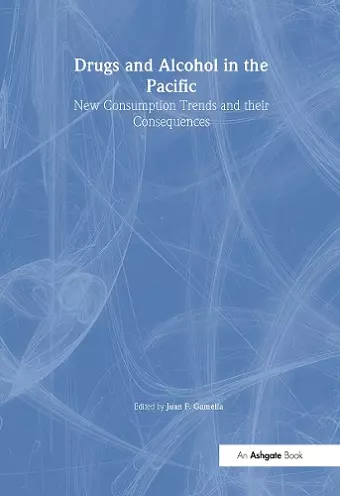Drugs and Alcohol in the Pacific
New Consumption Trends and their Consequences
Format:Hardback
Publisher:Taylor & Francis Ltd
Published:18th Apr '02
Currently unavailable, our supplier has not provided us a restock date

From the arrival of Europeans in the Pacific in the 16th century, introduced psychoactive drugs have played a crucial role in the history of societies from China to Peru, and from Alaska to Australia. Tobacco, followed by opium, distilled alcohol, caffeinated drinks, as well as laboratory drugs such as morphine and cocaine, became standardized and massively produced commodities. These substances joined a local base of indigenous drugs and fermented beverages to create new traditions of consumption that characterized entire peoples and cultures. They were also tools of European domination, so crucial elements of cultural and economic change: opium in China, coca in the Andes, and tobacco and spirits in Oceania. New consumption and production patterns revealed important differences among cultures and polities of the region, and spawned social problems that, in turn, transformed collective representations of these substances. Some became powerful moral symbols that shaped influential social and political movements, such as the Temperance League in the U.S., and the anti-opium movement in China.
'The editor's introduction is useful in several ways, particularly as a good overview for non-experts... As to the specific articles, they seem to be well chosen to highlight the diversity of peoples, places, and practices in the Pacific.' Bulletin of the Pacific Circle
ISBN: 9780754601531
Dimensions: unknown
Weight: 941g
444 pages